Beginner tips
Sure, you could go out and just run, and there's no evidence to suggest that that won't work just fine. But if you're struggling with running, or something just doesn't feel right, then it might be worth paying attention to your form. The following tips for correct running form are adapted from Runner's World Magazine and Jeff Galloway. I'll start at the top and work down.
Head: You should look forward toward the horizon when you run. To do that, keep your head on top of your spine and do not bend forward or look down at your feet. Your head weighs at least 13 pounds, and you don't want it dragging you down with forward-head posture! The emphasis is on keeping your body erect, because you're fighting gravity when you lean forward (it's okay if you look down at the ground at least 20 feet ahead of you since you won't lean forward to do that). Keep your face and jaw relaxed, too; it's okay if they shake and bounce as you run.
Shoulders: Keep them relaxed and loose. Shrugging, tightening, and creating tension in your shoulders and neck will waste energy and deplete you quickly. Stay loose as a goose!
Torso: As Jeff Galloway says, "Your torso's only along for the ride." Track coaches describe the ideal posture as running tall, which means that you stretch yourself up to full height with no strain from the torso. This will allow you to breathe maximally and put your body in the optimal biomechanical position for moving forward.
Hips: Your hips are close to your center of gravity and will be in proper alignment if your torso and head are aligned. If you lean forward, your hips will tilt forward too and that will strain your lower back.
Legs: Sprinters lift their knees very high when they run, but for distance running, and even shorter distances, keep your knees low. It takes a lot of energy to lift your knees, and even running a mile will be tough if you do so. Instead, quicker ankle action will help you increase your speed.
Ankles: Your ankles are efficient levers that have the potential for great power when you run. Feel your calf muscles and ankles work as you push off on each step.
Arms: Arms should remain close to the body and swing forward and back and not across your body to minimize torso rotation (the exception is Bill Rodgers who had memorably wide elbows when he ran). Your hands should not cross the midline of your body (imagine a line drawn right down the center of your chest). The swing should be held low, elbows bent at a 90-degree angle and relaxed. You should do most of the work with your lower arms; the upper arms should not move very much.
Hands: Cup your hands by gently touching your thumb to the top half of your index fingers. It's as if you are holding a small bird that you don't want to fly away but you don't want to squeeze too tight either.
Some additional tips
Breathing tips: Lift your chest up and out while running to breathe deeply. Also exhale fully; this will increase your inhalation. Keep some focus on your torso, neck, and shoulders, too. Tight muscles will constrict breathing, so work on maintaining a relaxed posture when you run.
Running uphill: Maintain your rhythm and the same level of effort but shorten your stride and slow down as you climb.
Running downhill: Let gravity work so the hill pulls you down, but stay in control. Your stride will lengthen, but don't let it lengthen too much because the pounding will fatigue your legs.
Mini Tahan of Bukit Dinding Hike
6 days ago






























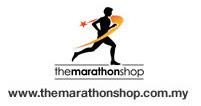





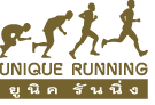
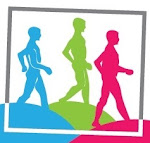




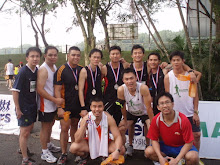



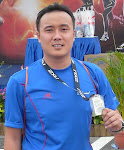



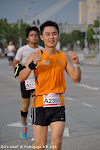


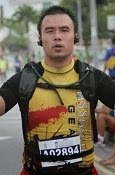








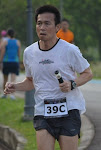
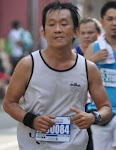



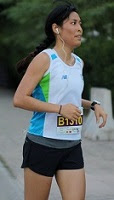



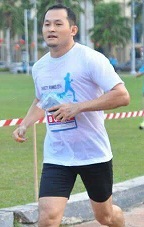
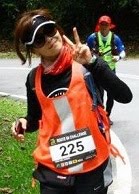



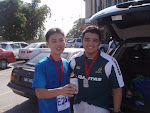












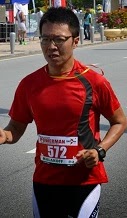

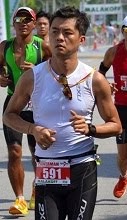










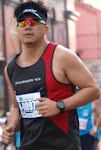















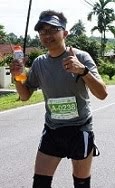
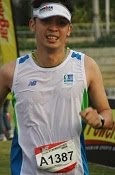







good start for beginner...gr8 article. keep it up!
ReplyDelete